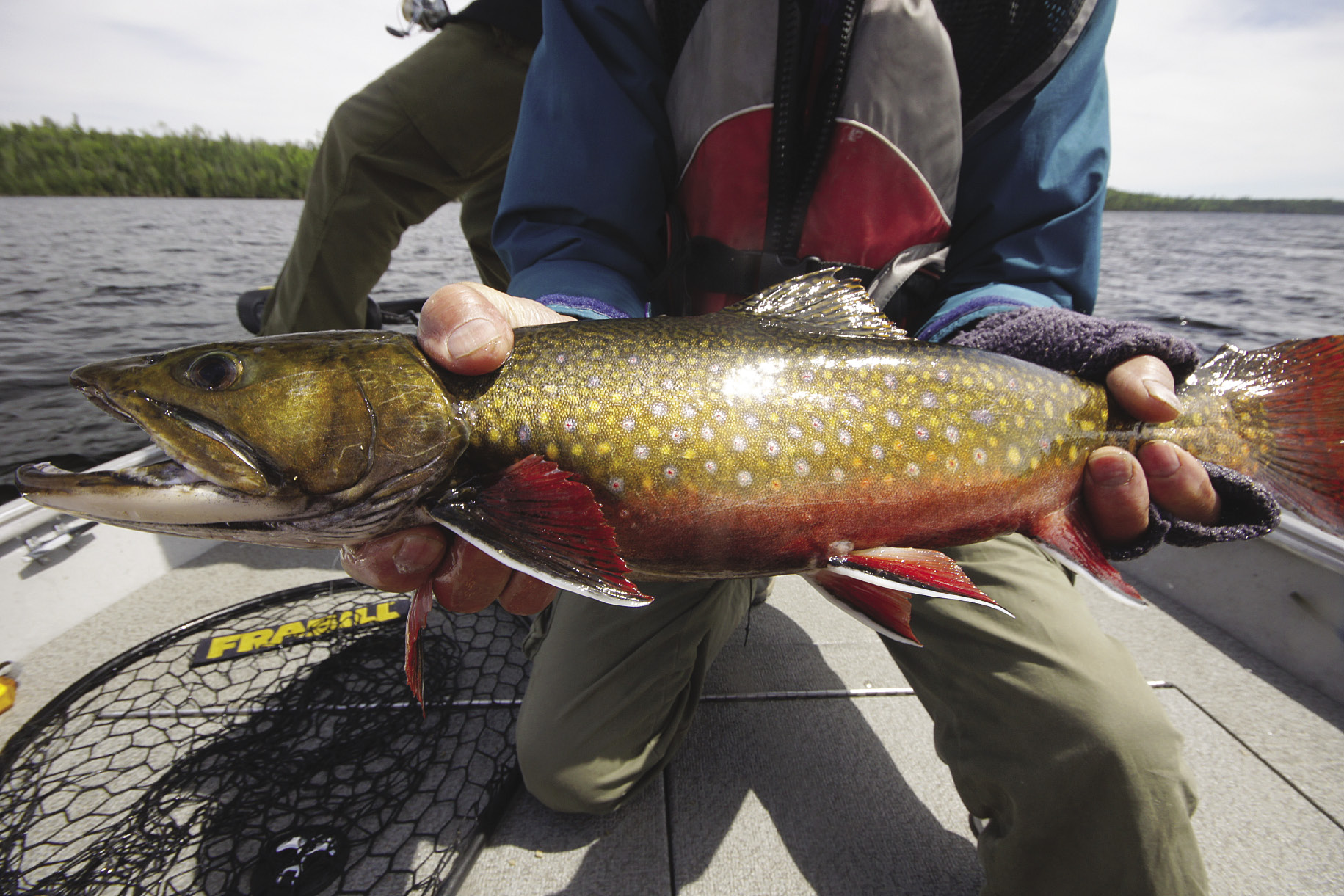
The splake and the tiger trout are both hybrids of the brook trout. The Tiger Trout is a Hybrid of a Brook Trout. They have been known to eat their own eggs at spawning time and even their own young. They are powerful swimmers often found in steep, cascading mountain streams. Females are known to lay between 100-5000 eggs depending on her size, hatching 50-100 days later. Brook Trout are a native freshwater fish found in streams, rivers, ponds, and lakes throughout New Hampshire. #6 – They Like to Get Freaky in the Fall…īrook trout spawn in late summer or autumn in gravel beds in the shallows of headwaters of streams. The Brook Trout takes first place for the most popular state fish with these states claiming it for their Official State Fish Maine, Michigan, New Hampshire, New Jersey, New York, Pennsylvania Vermont, Virginia, and West Virginia. #5 – They Are the Most Popular Official State Fish The largest brook trout ever caught was John William Cook’s world-record brook trout-caught in July 1916 on Ontario’s Nipigon River-was 31.5 inches long and weighed in 14.5 pounds. #4 – In the Right Settings, They Can Get Giant… These fish are referred to as “Coasters” or “Salters” – the salters going from salt to river, and the Coasters going from the Great Lakes to spawn in tributaries of the lakes. #3 – Some Brookie Sub-Species Can Thrive in SaltwaterĬertain strains of brook trout have known to be Anadromous, living in salt and then running up into rivers to reproduce. Most brook trout live to be about 5 years old and stay under 12 inches in size, but the larger brook trout can actually live to be over 10 years old! They require cold clean water and tend to be sensitive to low oxygen levels. #2 – As Long as the Water is Cold and Clean, They Can Live Just About Anywhere…īrook trout inhabit a wide range of habitats, from tiny mountain streams to large deep lakes. They are They are in the Char family, although they are the most “Trout Like” in their family. Here are a handful of interesting facts that you may not have known about one of your favorite species:īrook trout are actually not technically a “Trout”. Most of the fish were caught stripping dry flies, or on a small nymph behind a dry.

This photo essay is from this past weekend fishing in Pennsylvania. They are beautiful, live in incredible places, and will not hesitate to slam a dry fly. These are truly big brookies in a truly unique western Montana fly fishing environment.Brook trout are definitely one of our favorite species to target on the fly.

But brook trout are caught there over 16” and some each year up to 20”.

The attraction is casting big dry flies, usually blue damsels or caddis, to 16”-26” rainbows cruising the shallow springs. It is not widely known that huge brook trout and rainbows are targeted in Georgetown Lake, a beautiful, high, spring fed stillwater fishery.

Western Montana is known for dry fly fishing moving water (rivers, streams and creeks) for cutts, rainbows and browns. A more factual way to say it, without causing discussion, is to Grand Slam on all 6 species of salmonids, your chances are still better on Rock Creek, followed by the Blackfoot River. The Big Blackfoot River and Rock Creek present you with the best chance of catching a Brook Trout, especially Rock Creek. In order to grand slam all 4 species of “trout”, you probably need to fish Rock Creek or the Big Blackfoot. The “brook trout” is actually a char commonly mislabeled everywhere as a trout. Though not available on all our waters and not often targeted, these now wild fish are present and thriving.


 0 kommentar(er)
0 kommentar(er)
